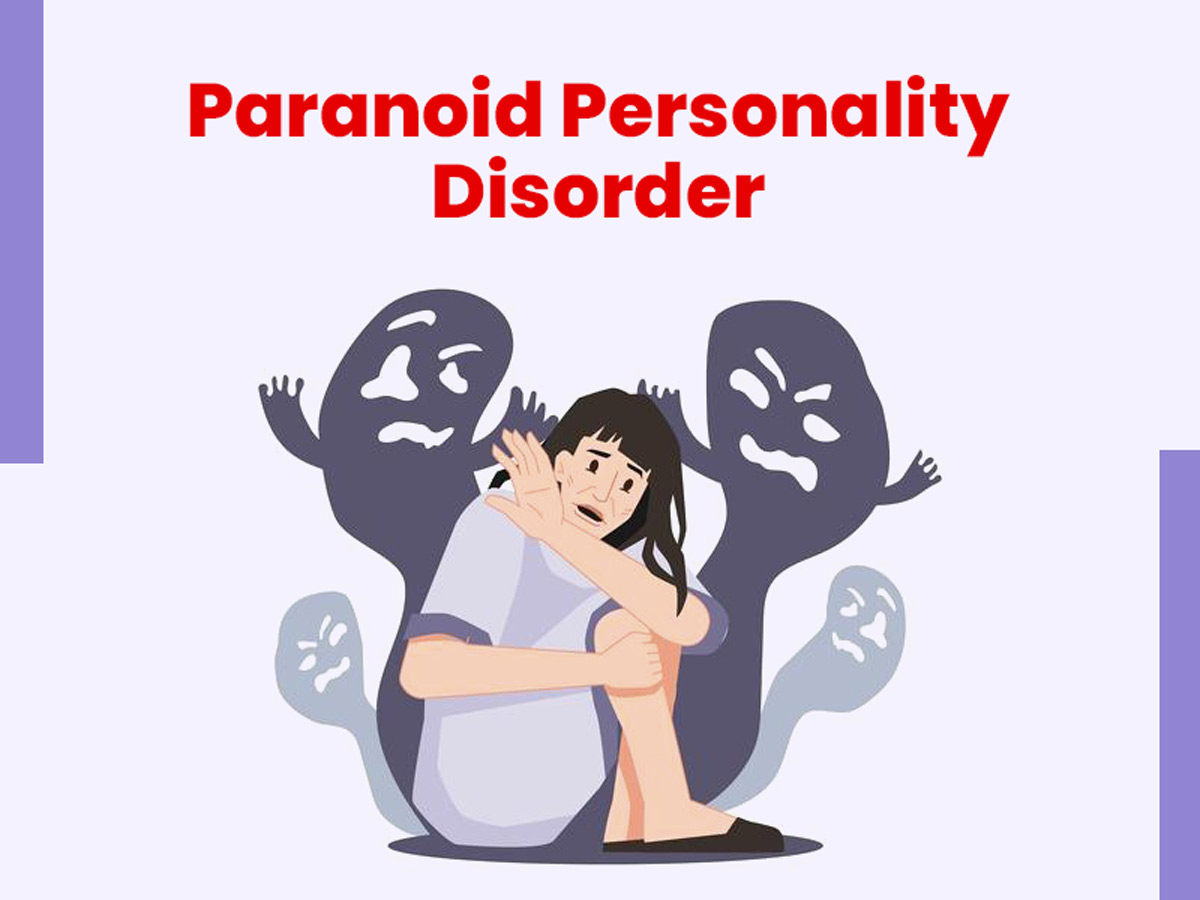The ‘Paranoid Meaning’: Understanding Suspicion and Anxiety
Welcome to an insightful exploration of the “paranoid meaning” and its profound connection to suspicion and anxiety. In this article, we will delve into the precise definition of “paranoid,” examine its psychological implications, and unravel the spectrum of paranoia.
Breaking Down the Term ‘Paranoid’

paranoid meaning
Defining ‘Paranoid’:
To grasp the essence of “paranoid,” it’s essential to begin with a clear definition. The term “paranoid” encompasses a range of emotions, often characterized by excessive suspicion and irrational fears.
Psychological Insights into ‘Paranoid’
‘Paranoid’ in Psychology:
In the realm of psychology, “paranoid” signifies more than a passing feeling. It involves a complex interplay of thoughts, emotions, and behaviors. Let’s delve deeper into the psychological facets of being paranoid.
The Spectrum of Paranoia
Understanding the Spectrum of Paranoia:
Paranoia is not a one-size-fits-all experience. It exists on a spectrum, ranging from mild suspicion to severe anxiety. Let’s explore this spectrum to gain a deeper understanding.
Causes and Triggers
What Causes Paranoid Feelings:
Paranoid thoughts and feelings can arise from various sources. Understanding these causes and triggers is essential to address and manage them effectively.
Managing Paranoia: Effective Coping Strategies
Coping with Paranoia:
For individuals dealing with paranoia, effective coping strategies are crucial. This section offers guidance on managing paranoia, reducing anxiety, and seeking professional help when needed.
FAQs to the “paranoid meaning”:
FAQ 1: Q: What does “paranoid” mean?
A: “Paranoid” refers to a state of excessive suspicion, anxiety, or mistrust of others, often without substantial evidence.
FAQ 2: Q: Is paranoia a mental illness?
A: Paranoia can be a symptom of various mental health conditions, including paranoid personality disorder and schizophrenia.
FAQ 3: Q: What are the common signs of paranoia?
A: Common signs of paranoia include excessive distrust, suspicion of others’ motives, feeling constantly watched, and irrational fears.
FAQ 4: Q: Can paranoia be treated?
A: Yes, paranoia can be treated through therapy, medication, and lifestyle changes, depending on its underlying cause and severity.
FAQ 5: Q: Are there any self-help strategies for dealing with paranoia?
A: Self-help strategies include practicing relaxation techniques, maintaining a support network, and seeking professional guidance.
FAQ 6: Q: How can I differentiate between normal suspicion and paranoia?
A: Normal suspicion is a healthy part of assessing situations, while paranoia involves excessive and irrational distrust.
FAQ 7: Q: Can stress or trauma trigger paranoia?
A: Yes, stress and trauma can contribute to paranoid thoughts and behaviors, especially in susceptible individuals.
FAQ 8: Q: When should I consider seeking professional help for paranoia?
A: Seek professional help if paranoia interferes with daily life, and relationships, or causes distress. It’s crucial to consult a mental health expert for proper evaluation and guidance.
FAQ 9: Q: Can paranoia improve with treatment?
A: With appropriate treatment, many individuals experience significant improvements in managing and reducing paranoid thoughts and behaviors.
FAQ 10: Q: Is there a difference between paranoia and anxiety?
A: While both involve heightened fear and worry, paranoia specifically revolves around irrational suspicion and mistrust, whereas anxiety encompasses a broader range of fears and worries.
Conclusion
In conclusion, embracing awareness of the “paranoid meaning” enables us to navigate suspicion and anxiety with greater insight. Whether it’s recognizing the spectrum of paranoia, understanding its causes, or seeking help when needed, knowledge is a powerful tool for addressing and managing paranoid thoughts.




